So, you're ready to upgrade your bathroom with new cabinets and want to know what materials would work well. There are several options to consider, each with pros and cons you'll want to weigh based on your needs and budget. Do you want the classic look of wood or prefer something more modern? Are you willing to pay more upfront for higher quality and longevity, or do you need an affordable solution?
The materials you choose for your bathroom cabinets can significantly impact your remodel's style, durability, and cost. To make the best choice for your space, compare Plywood, ceramic, veneer, stainless steel, and solid wood bath vanities. You'll enjoy a spa-like bathroom with suitable cabinets in no time.

Solid Wood Bathroom Classic Cabinets: The Classic Choice
Solid wood bathroom cabinets are a timeless choice that provides natural beauty and longevity.
Pros
- Wood options like oak, maple, and hickory offer warmth and character.
- Their natural beauty and longevity can't be matched.
- No two cabinets are precisely alike with wood, so you end up with a one-of-a-kind fixture that provides timeless style.
Cons
- Solid wood cabinets are the most expensive option.
- They are also prone to denting and scratching. Due to wood movement, doors and drawers can warp or stick over time.
- The wood may darken or lighten depending on exposure to light.
- They require more maintenance to prevent warping or water damage, but solid wood cabinets can last for decades with a protective sealant and routine care.
If budget is a concern or you prefer a more durable, low-maintenance choice, there are alternative cabinet materials to consider with their own sets of pros and cons.
Plywood Bathroom Cabinets: Budget-Friendly and Durable
Plywood bathroom cabinets are an affordable and durable option worth considering. Plywood is made of thin sheets of wood veneer glued together, making it resistant to warping and scratches.
Pros
- Plywood cabinets are typically the most budget-friendly.
- Since Plywood uses recycled wood materials, it tends to be cheaper than solid wood or wood veneers.
- They can withstand humidity and splashes without warping or delaminating.
- Plywood is also scratch-resistant, so that it will withstand years of use.
- They can be cleaned easily with a damp cloth and mild detergent.
- Minor scratches or water spots can often be sanded out, re-stained, or touched up with paint.
Cons
- The only downside to Plywood is that it requires re-sealing or re-painting periodically to protect it from water damage.
Ceramic Bathroom Cabinets: Sleek and Easy to Clean
Ceramic bathroom cabinets offer a sleek, high-end, highly functional look. Ceramic, made of clay hardened by firing at high temperatures, is nonporous and won't absorb water or odors.
Pros
- Ceramic cabinets are stain-resistant and easy to clean using a damp cloth or sponge.
- Ceramic also resists scratches, dents, and marks to maintain its polished appearance for years.
Cons
- Ceramic bathroom cabinets are more expensive than other options.
- They can chip or crack if not handled correctly during installation or if an object hits the edge of a cabinet door or drawer front.
- Ceramic is also very heavy, so installation may require professional help to ensure cabinets are correctly secured and level.
Veneer Bathroom Cabinets: The Look of Wood at a Lower Cost
Veneer bathroom cabinets give you the attractive appearance of solid wood at a more affordable price. Thin sheets of wood, called veneers, are bonded to a substrate like Plywood or MDF to create the cabinetry. The veneer provides the decorative wood grain and warmth of solid wood on the exterior, while the substrate offers structural support.
Pros
- Veneer bathroom cabinets are more budget-friendly since less expensive wood and materials are used in construction.
- They provide an authentic wood look that can match your home's decor.
- Veneer cabinets are also lightweight, easy to install, and dimensionally stable.
Cons
- Veneer cabinets won't last as long as solid wood and can warp, scratch, or peel over time with heavy use or humidity changes.
- Repairs are more complex and may not match perfectly.
- Veneer cabinets typically offer limited customization options compared to solid wood.
Stainless Steel Bathroom Cabinets: Modern and Water-Resistant
Stainless steel bathroom cabinets offer a sleek, modern, highly functional look. Stainless steel is resistant to water damage and won't warp or corrode over time like some wood materials can.
Pros
- Stainless steel cabinets are incredibly durable and long-lasting.
- They can withstand high levels of humidity without any damage.
- Stainless steel is resistant to stains and won't chip, dent, or scratch easily.
- These cabinets are also easy to clean and disinfect. Wipe them down with a damp cloth to remove water spots and soap scum.
Cons
- Stainless steel cabinets cost more upfront than other options.
- These cabinets may show fingerprints and smudges more noticeably.
- Frequent wiping down and polishing may be required.
- Stainless steel can be noisy when closing doors and drawers. Cabinet bumpers or dampers may help reduce excess noise.
Conclusion
So there you have it, an overview of the most popular bathroom cabinet materials and what they bring to the table. Whether you want sturdy hardwood that lasts a lifetime, budget-friendly Plywood you can paint to suit your tastes, sleek stainless steel for a modern spa vibe, or eco-friendly rubberwood with rustic charm, you now know how to choose what works for your needs, style, and budget. The options for your bathroom remodel just got a lot more interesting, didn't they? Now, get out there and start designing your dream bath with confidence. The cabinets are the foundation, so choose wisely, and the rest will fall into place. Before you know it, you'll be soaking in a bubble bath in your newly renovated bathroom, enjoying the fruits of your labor. Not too shabby!


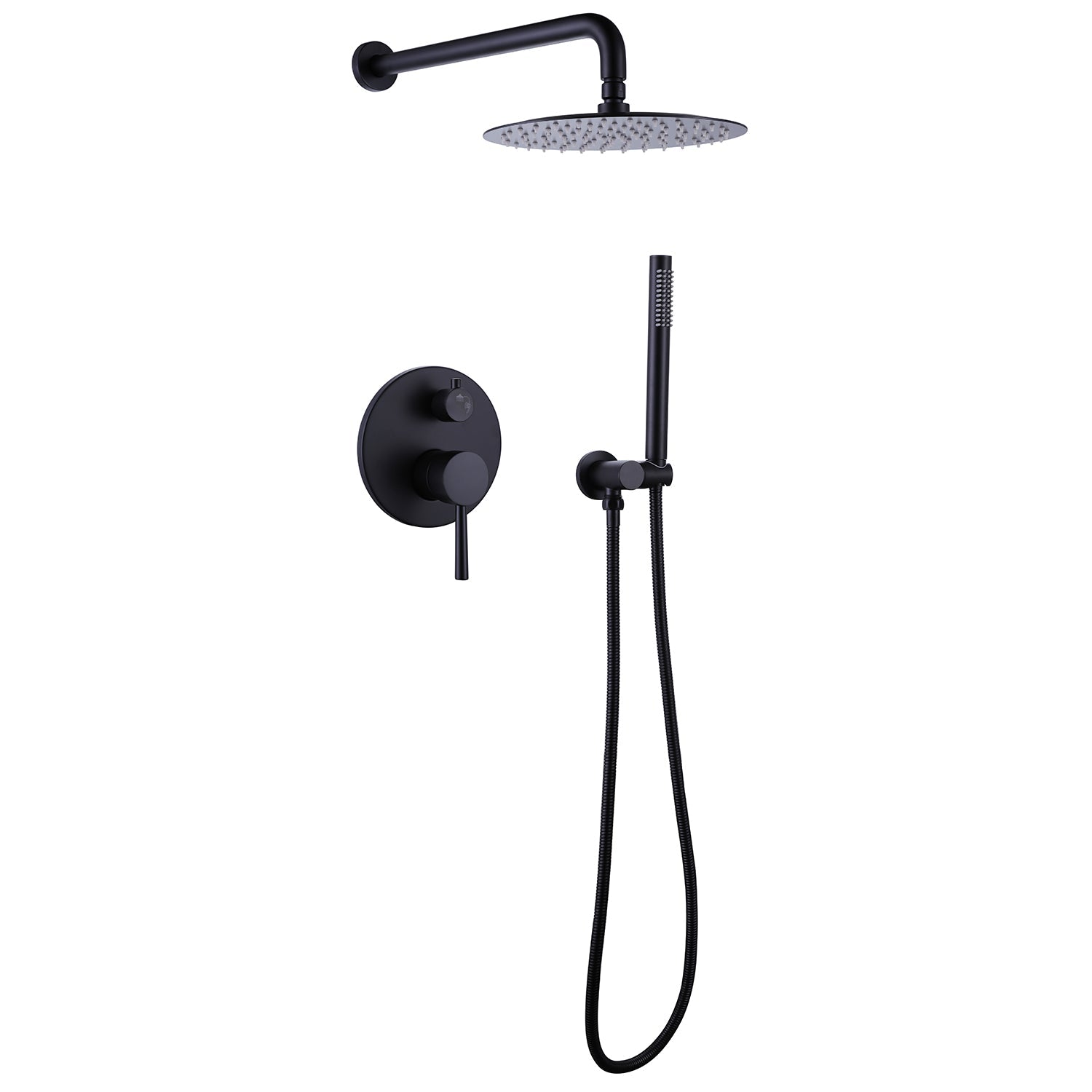


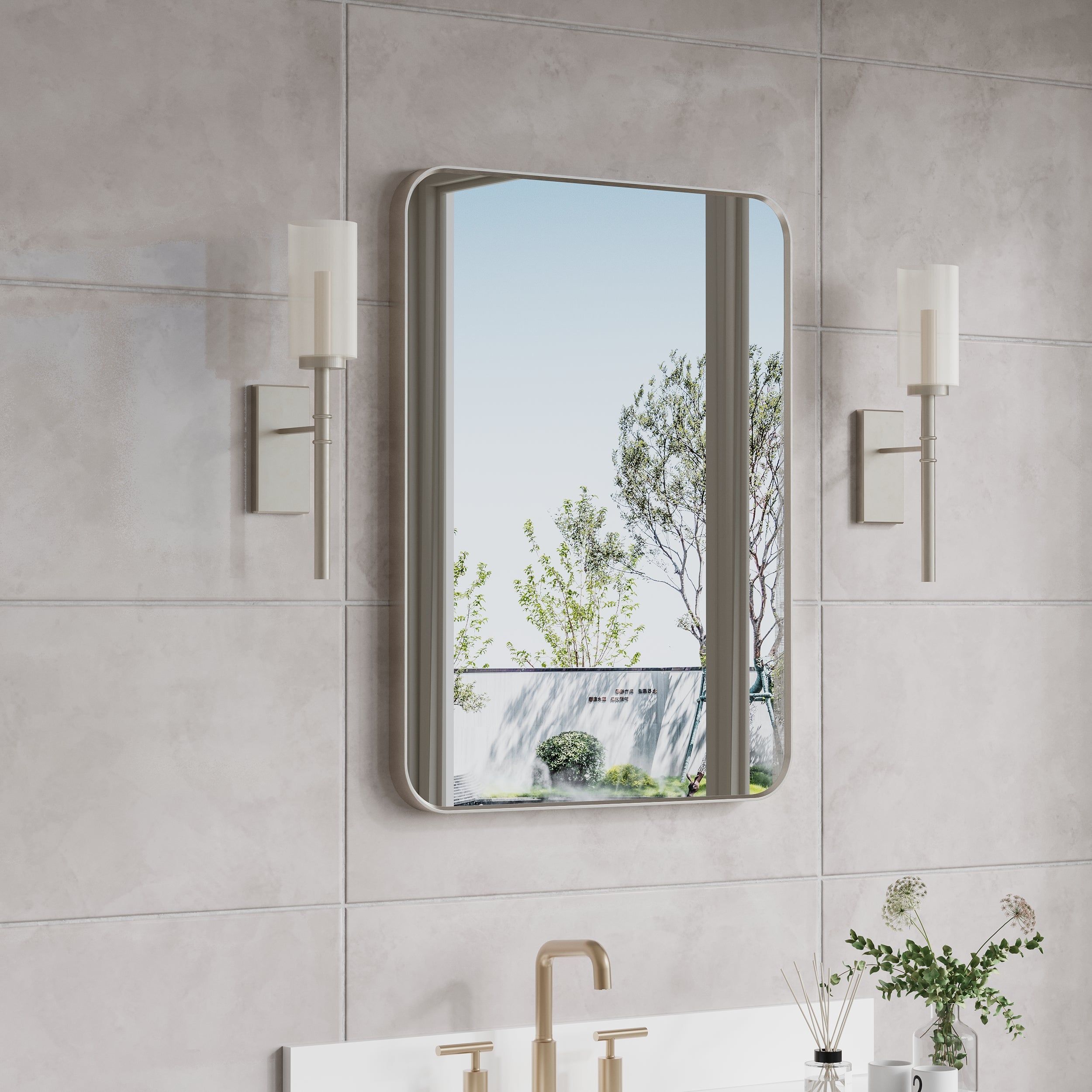


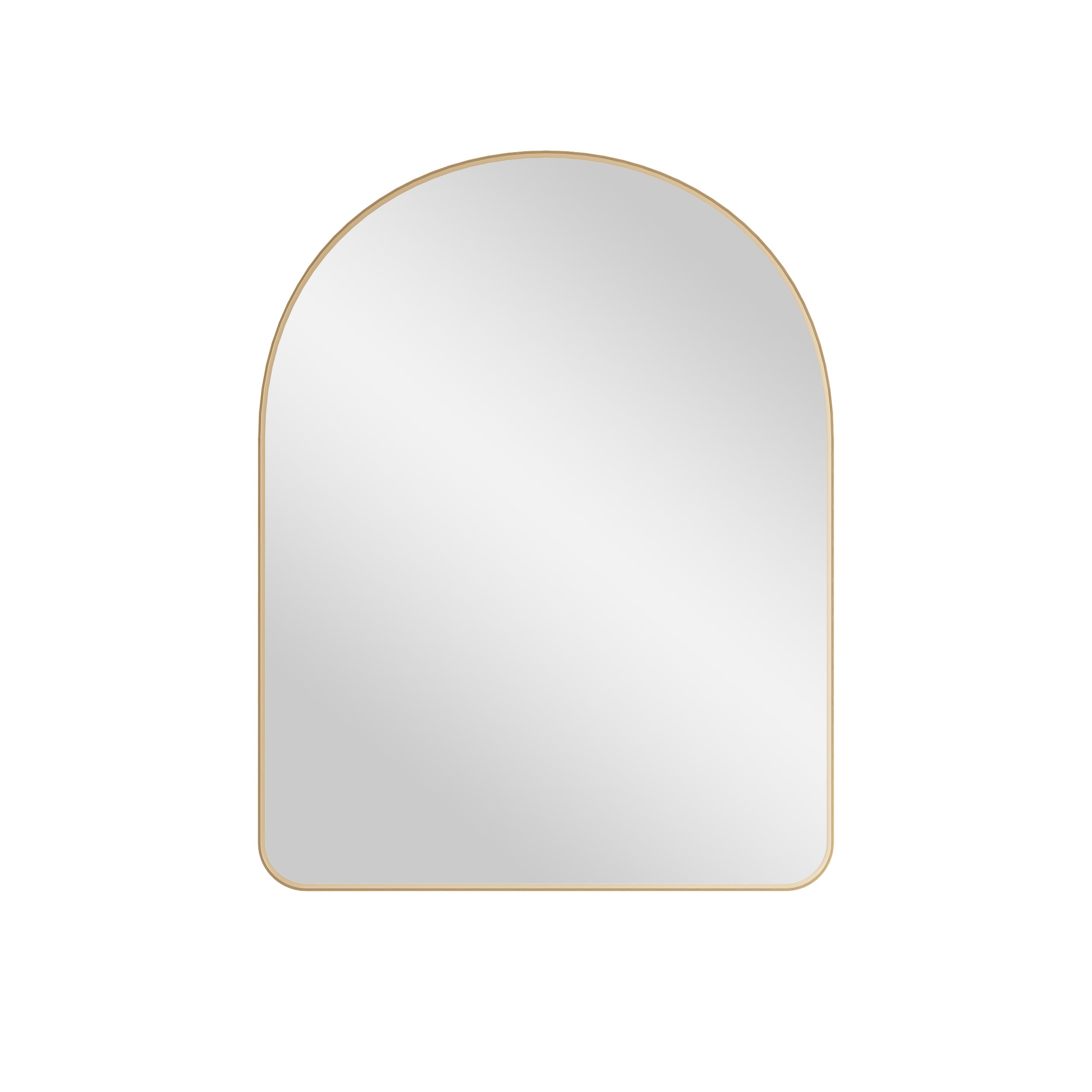



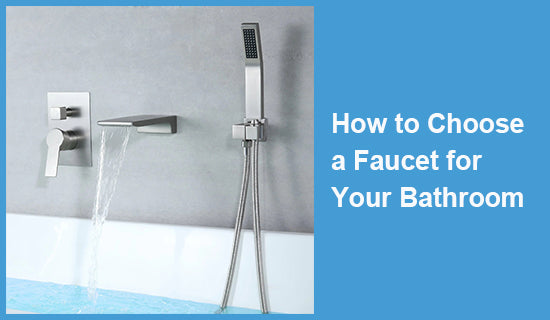
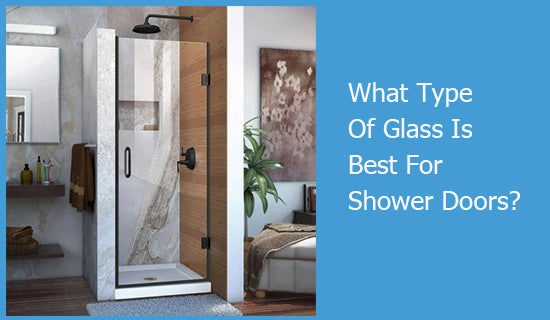
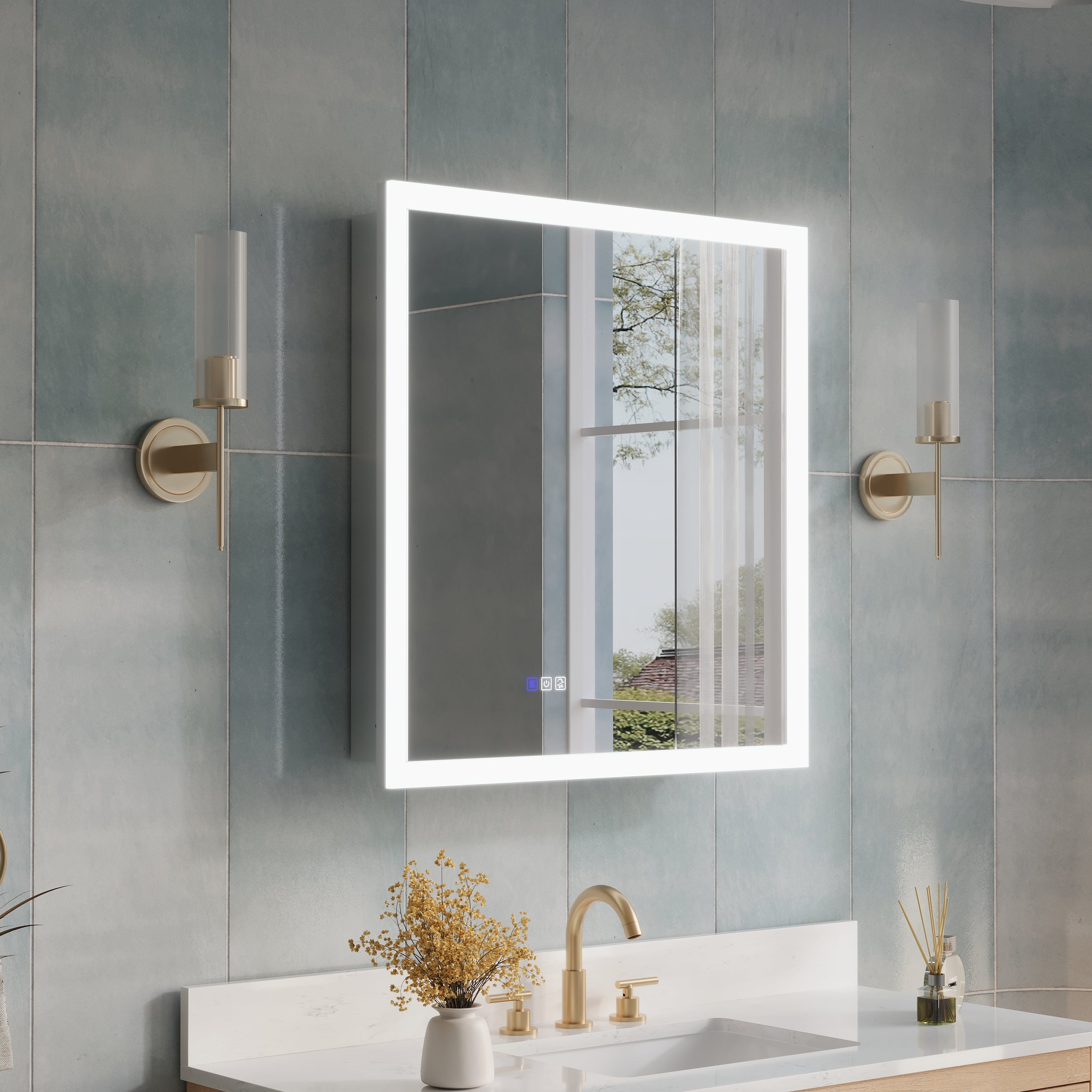
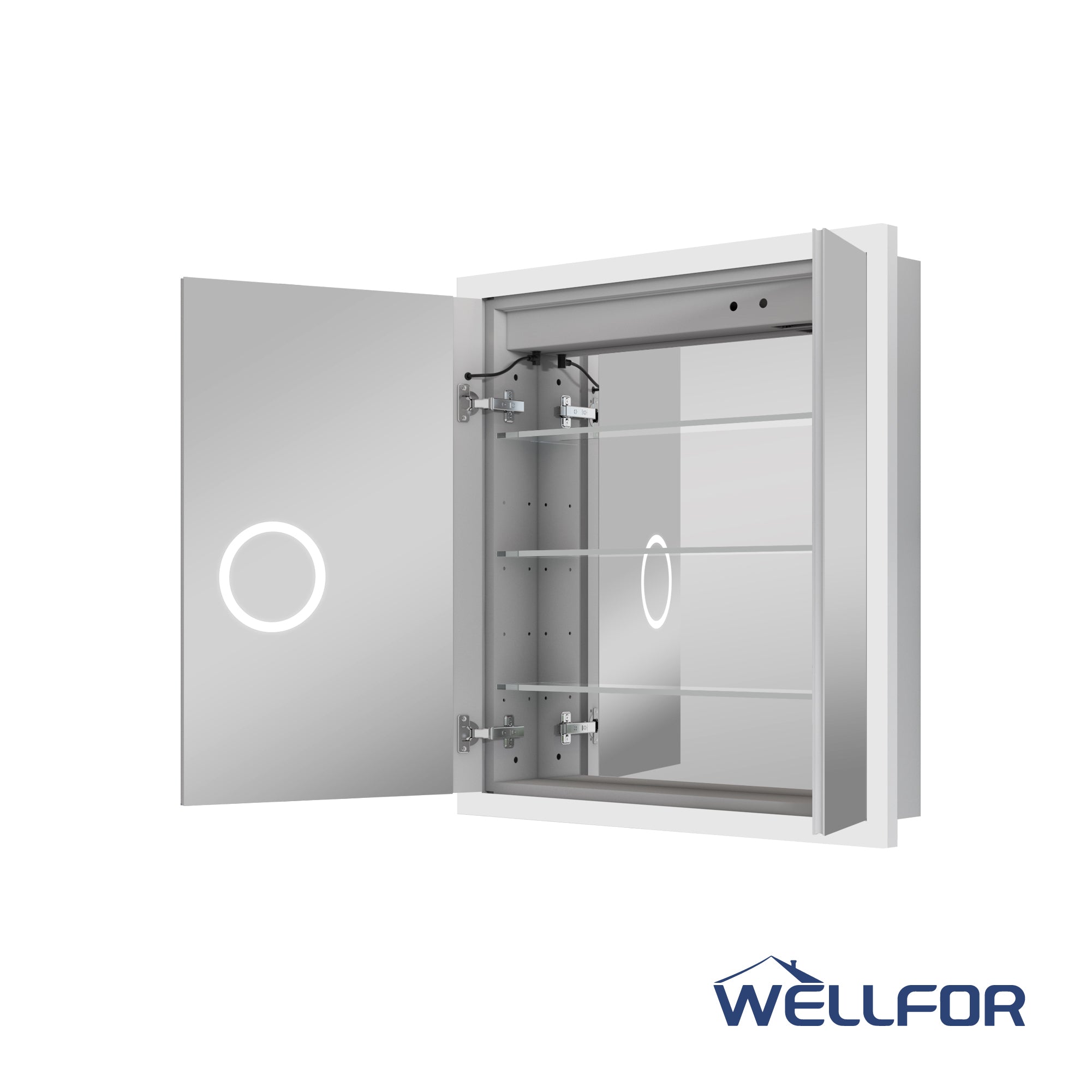
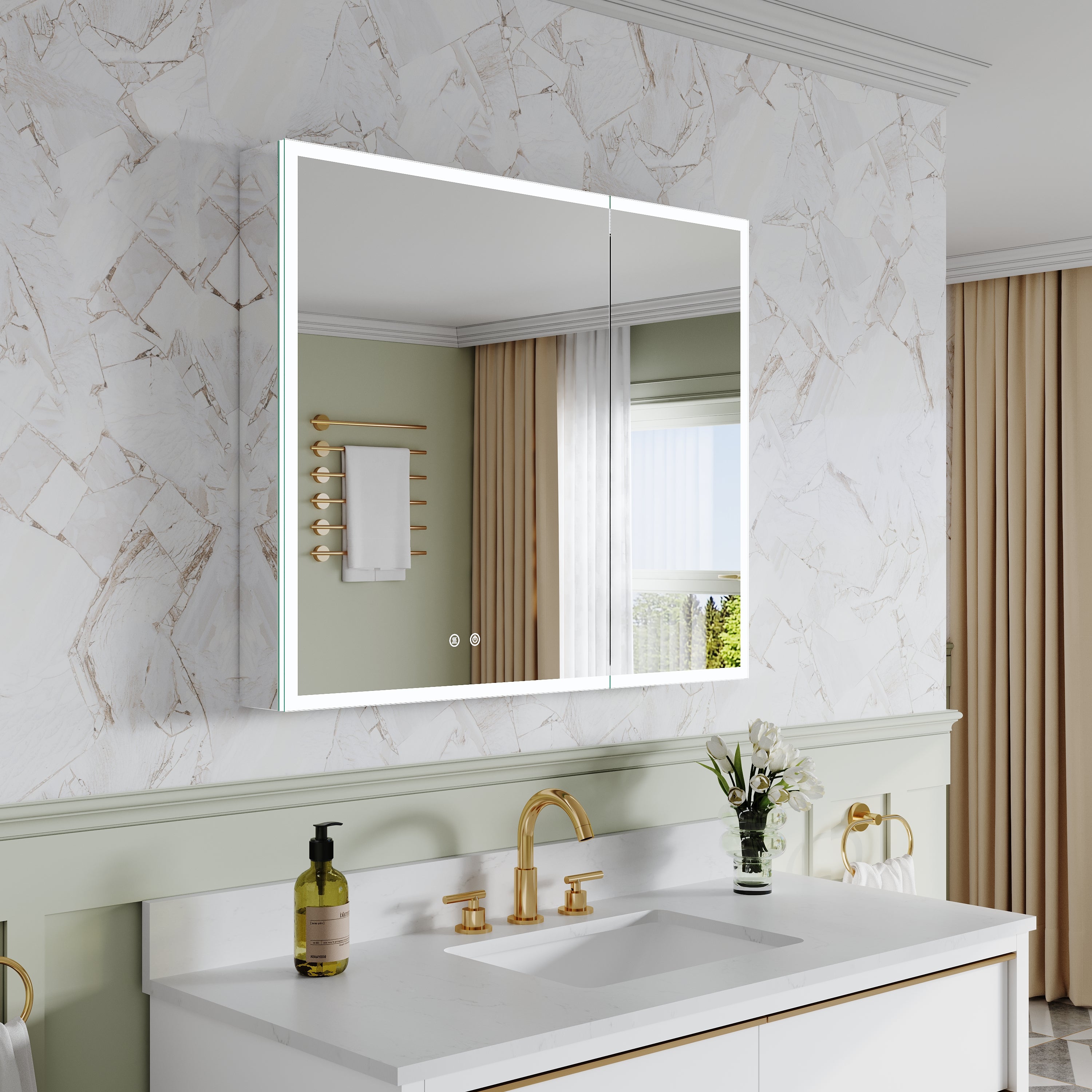





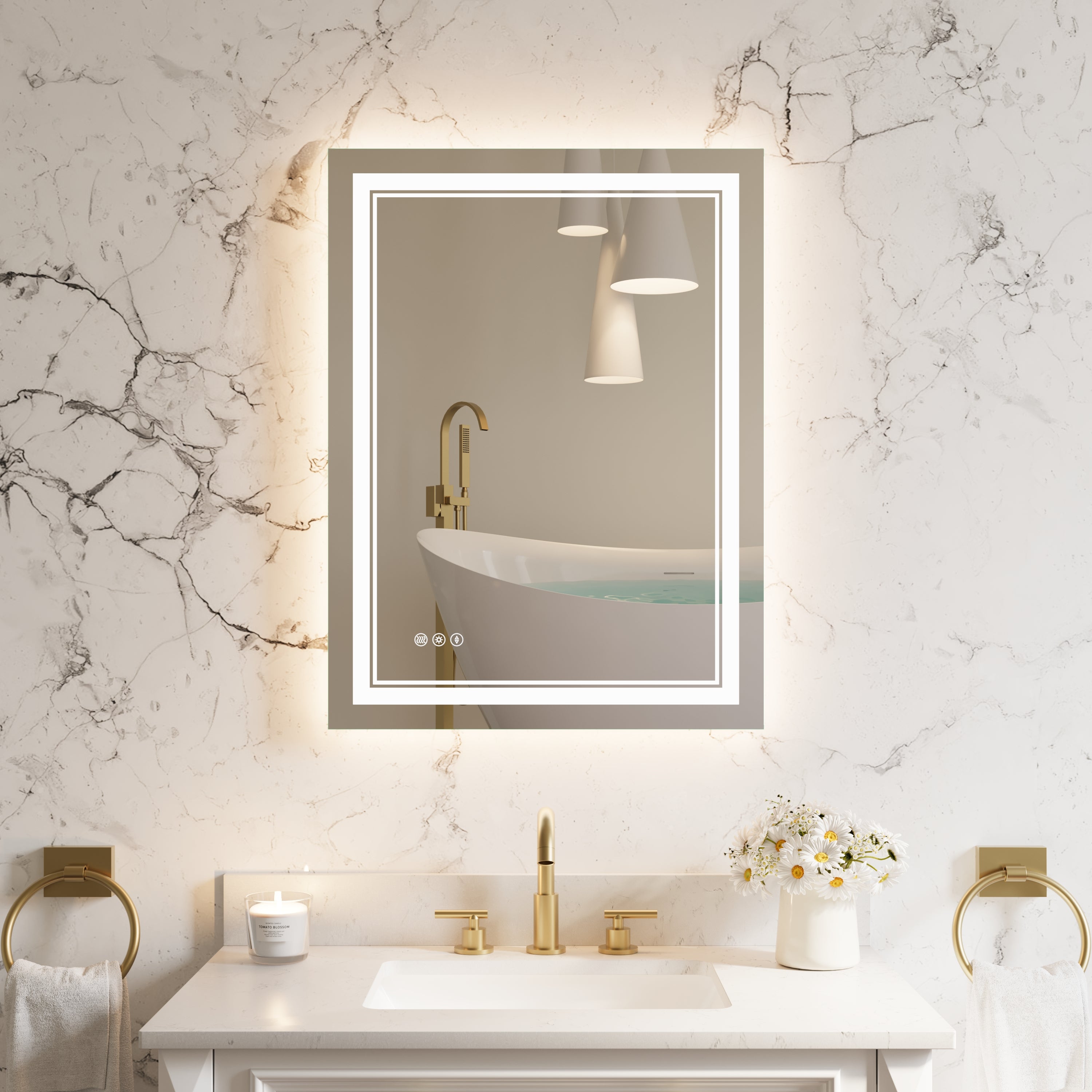



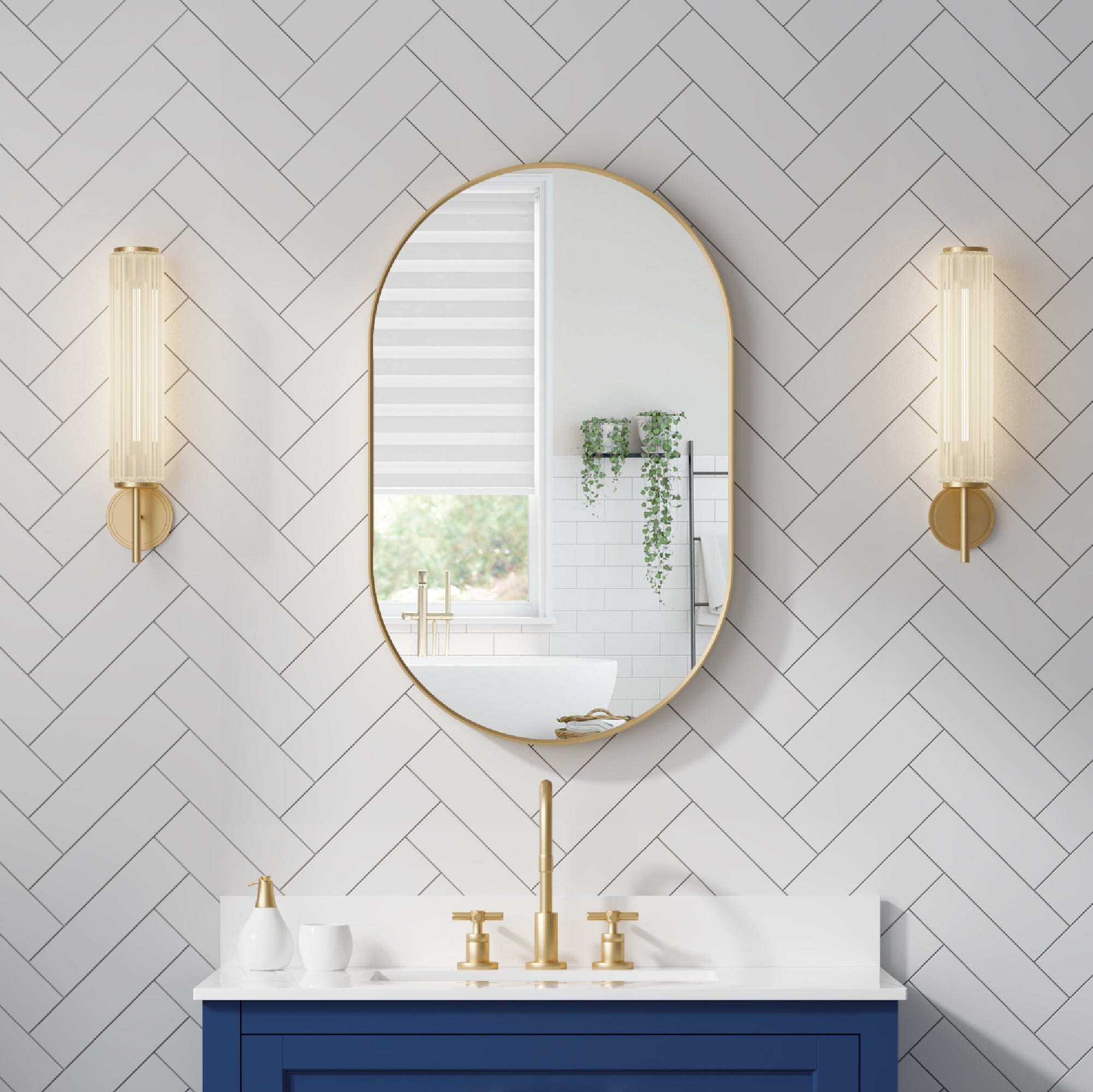


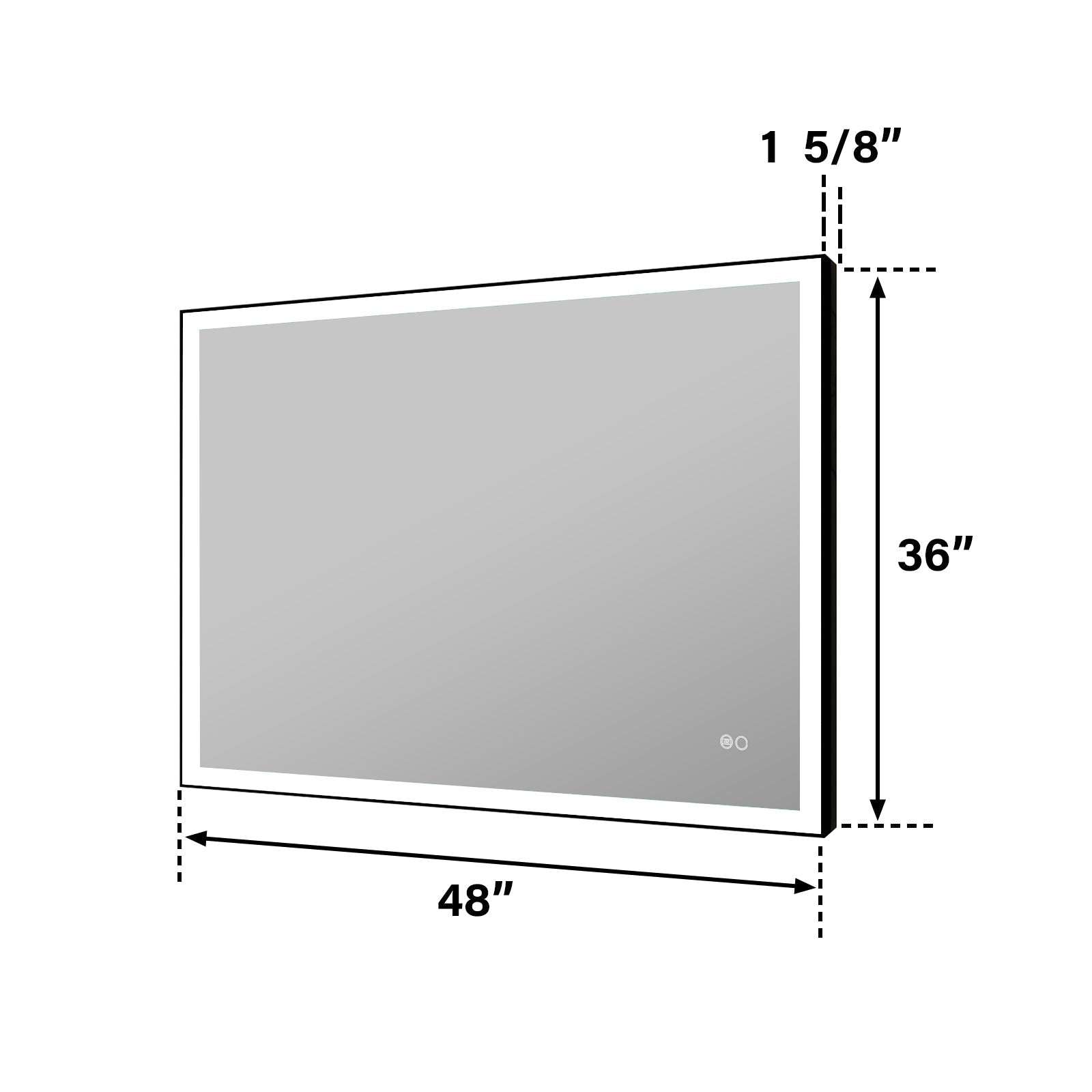
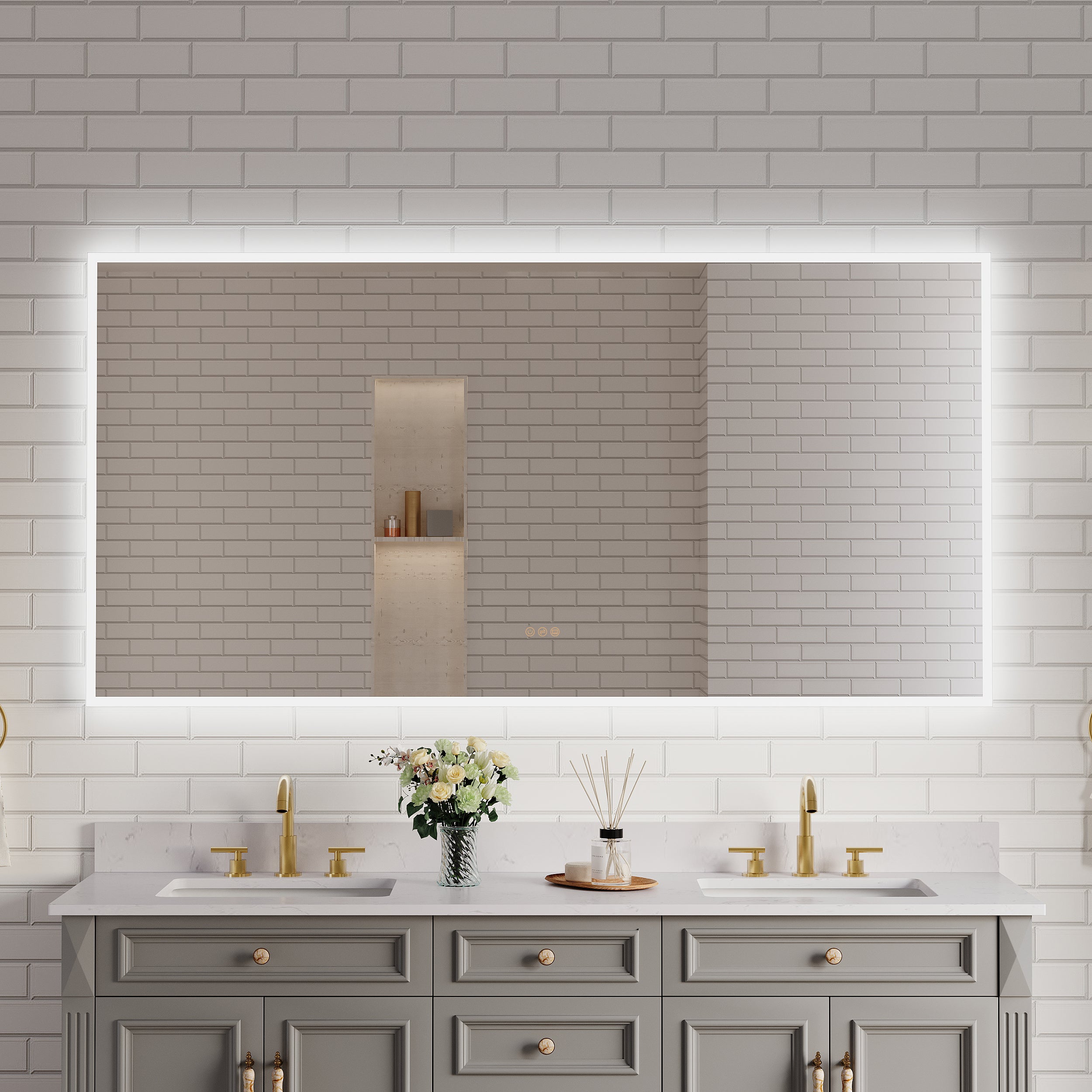


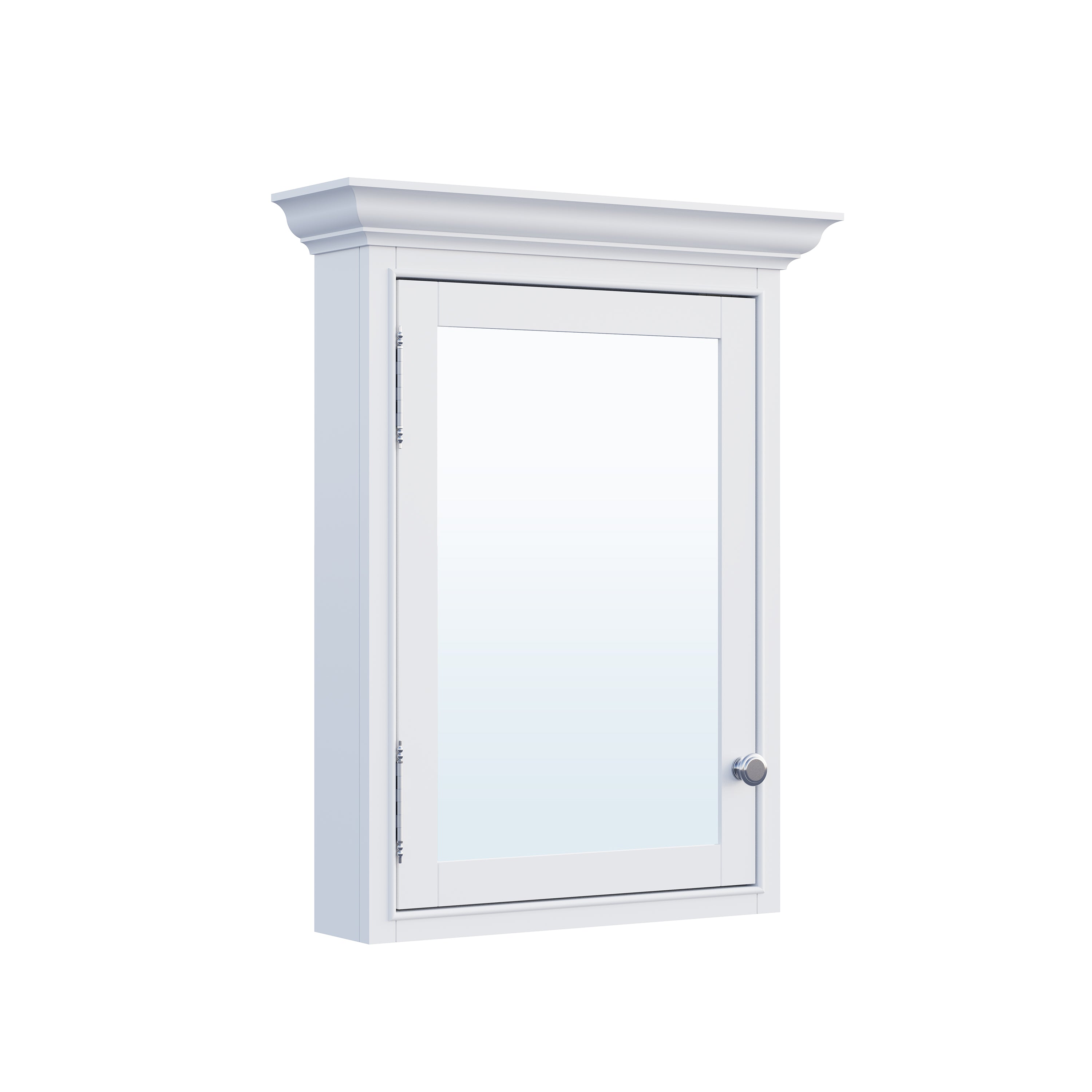

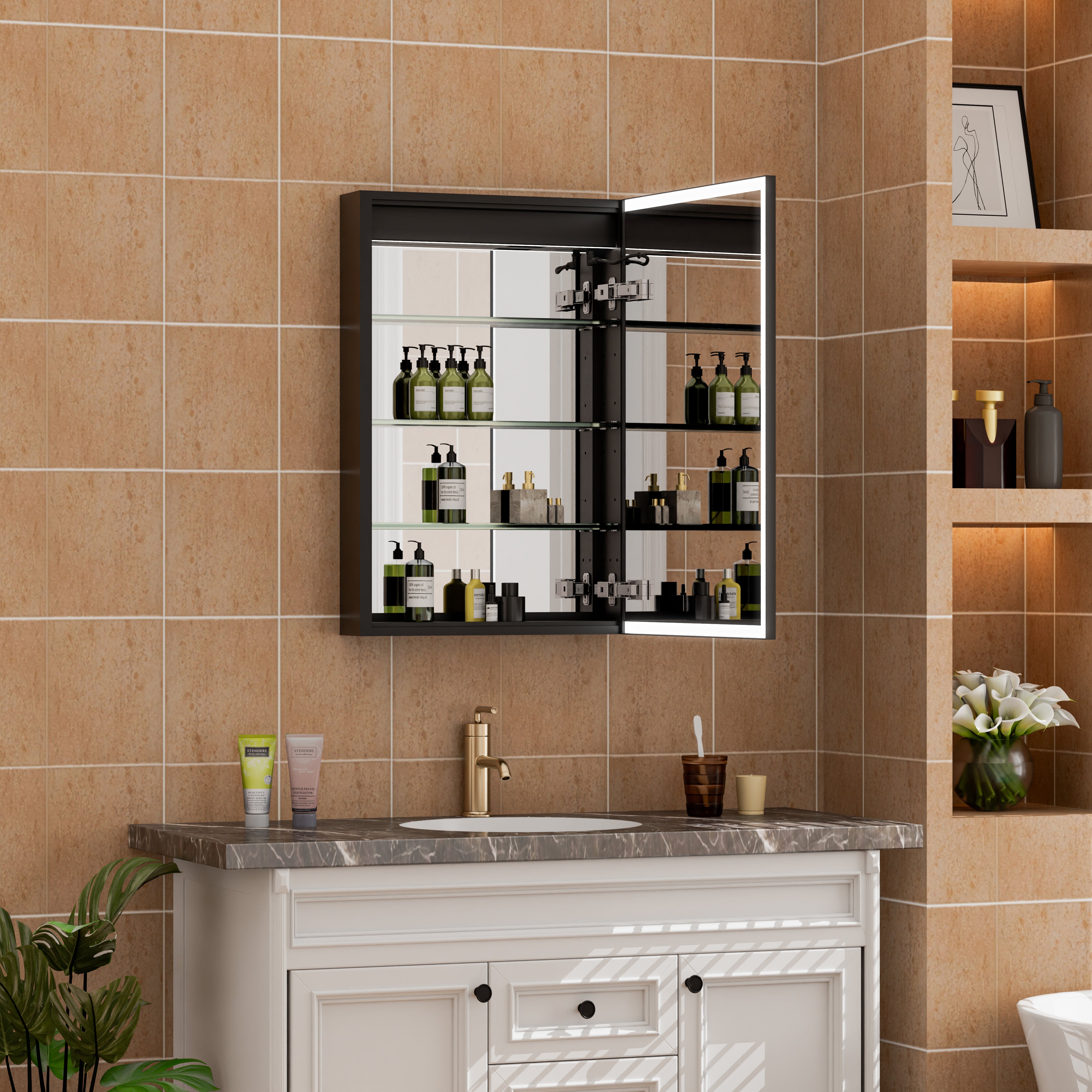


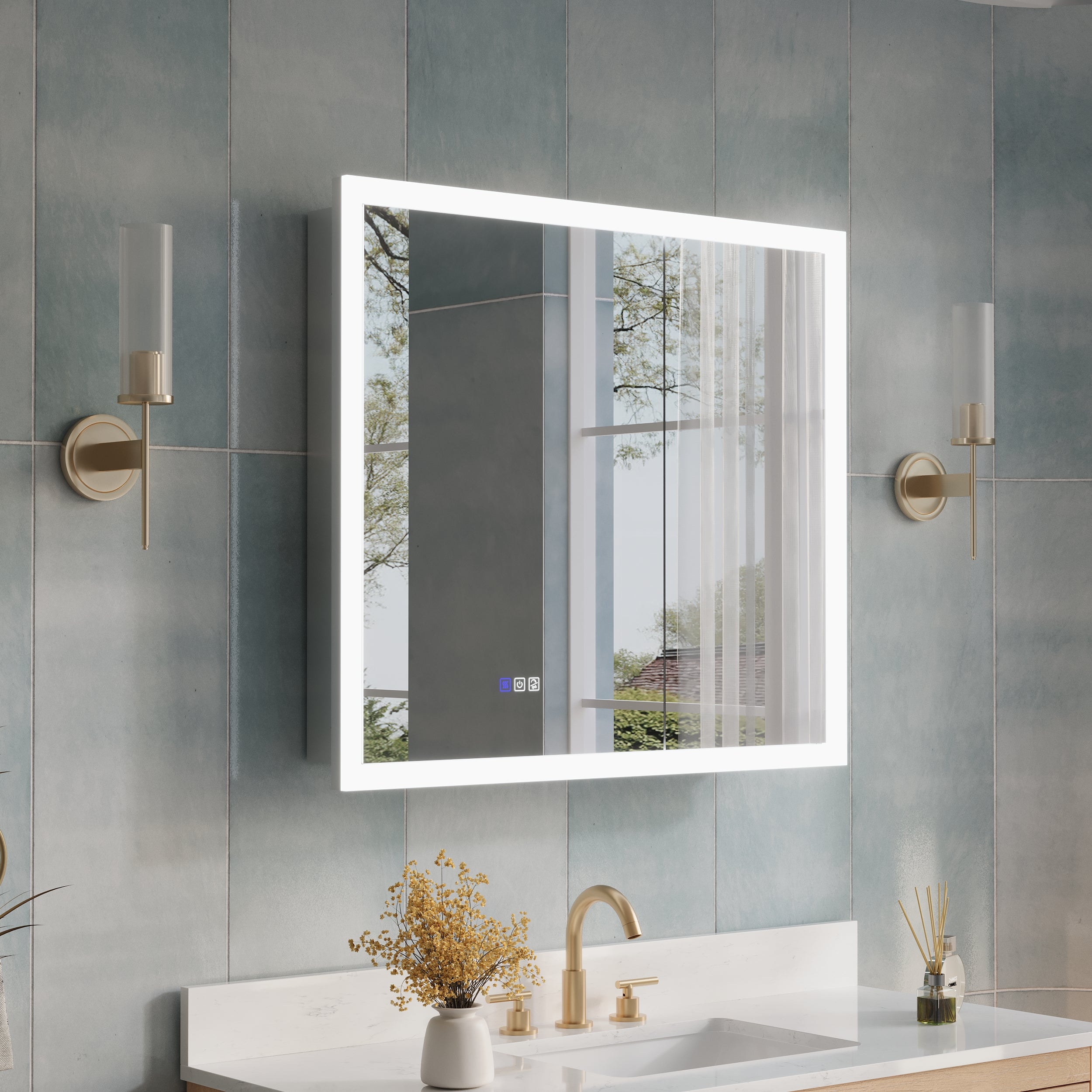
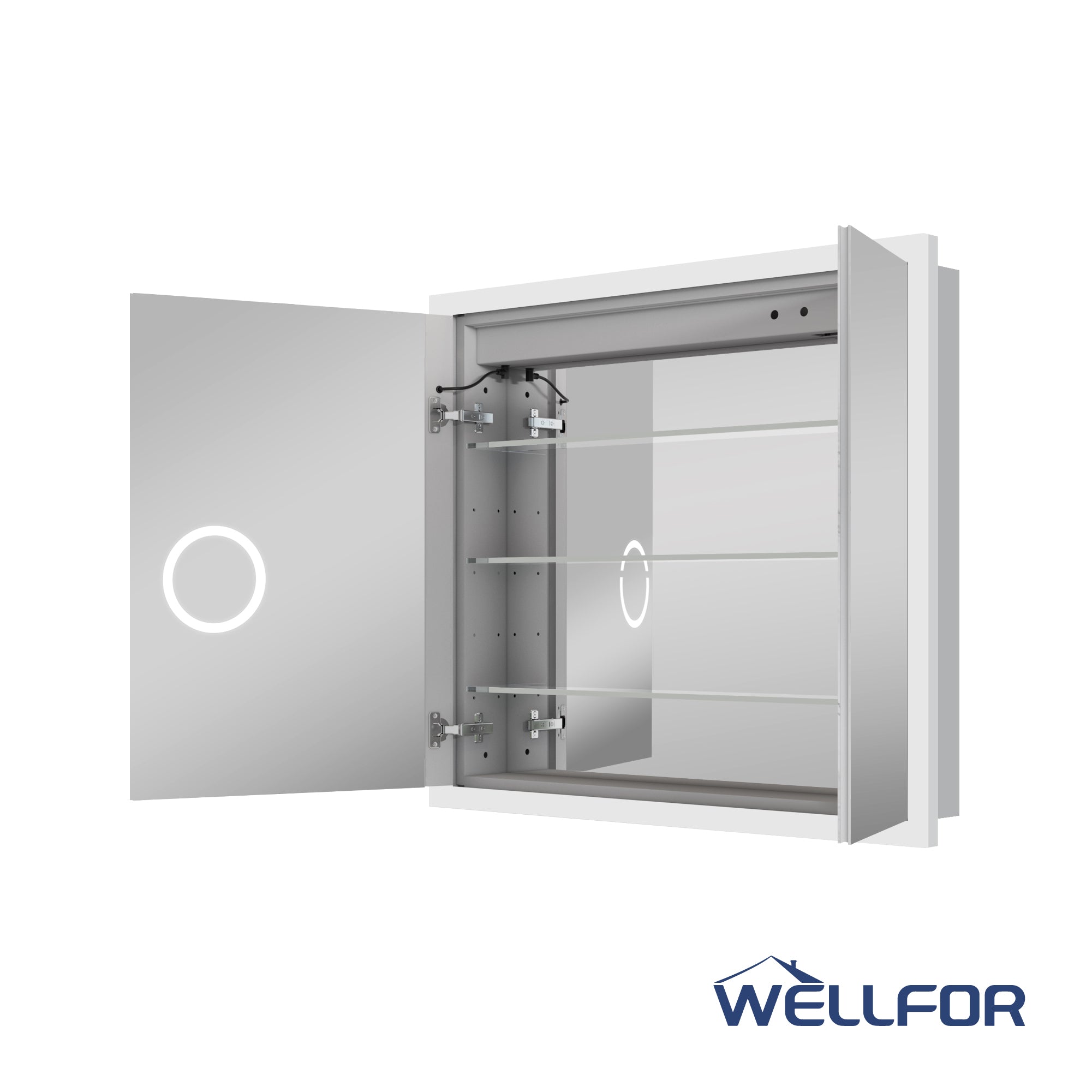
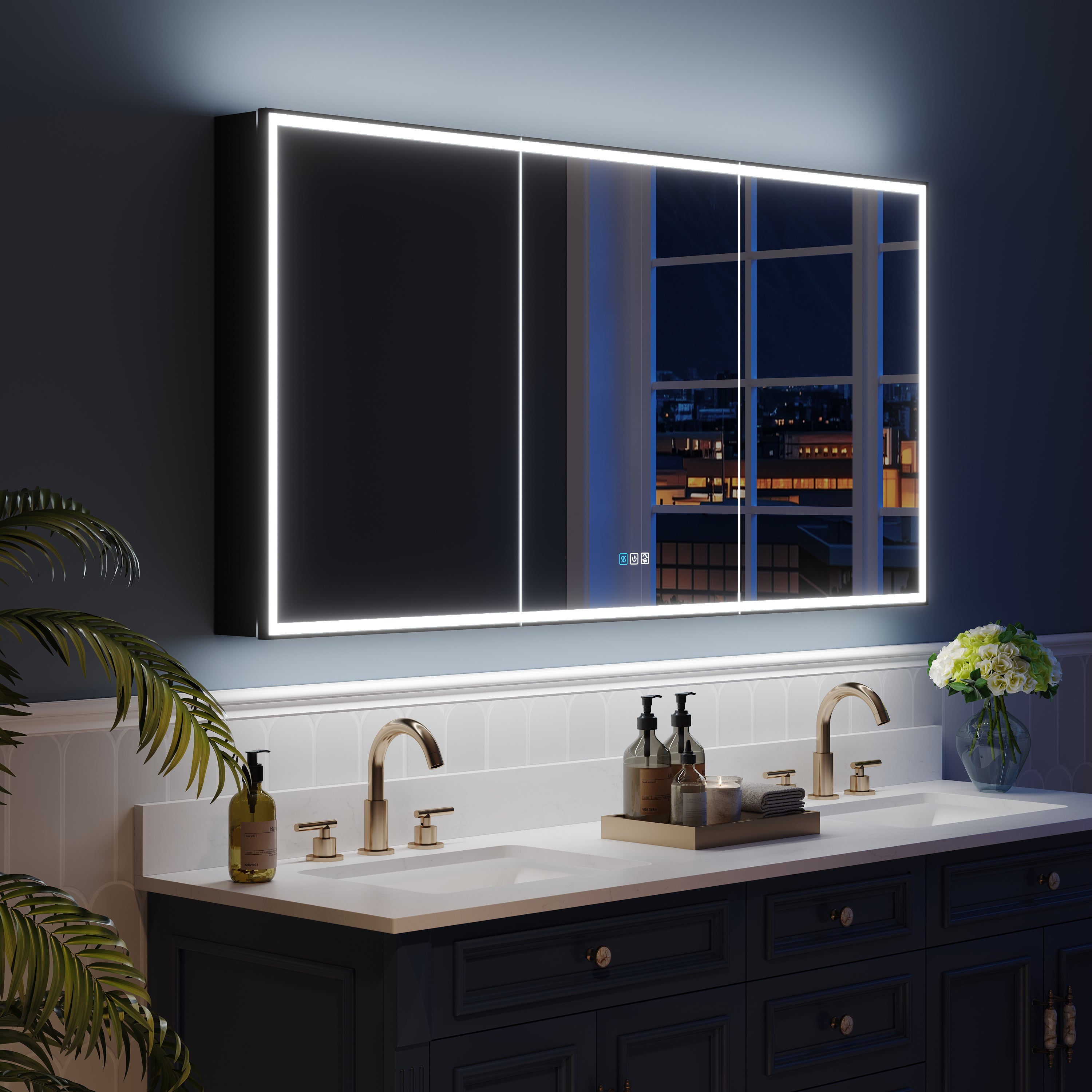


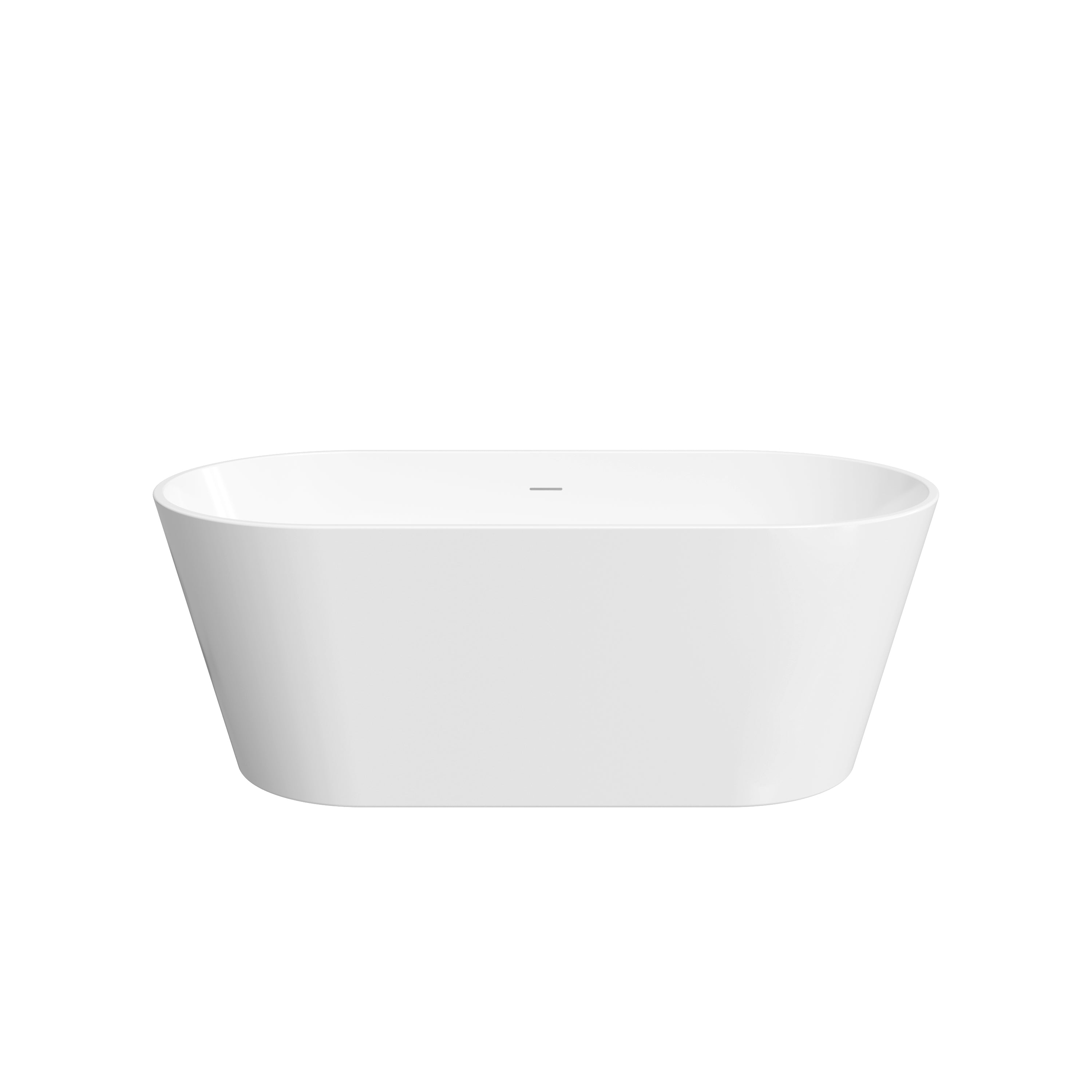


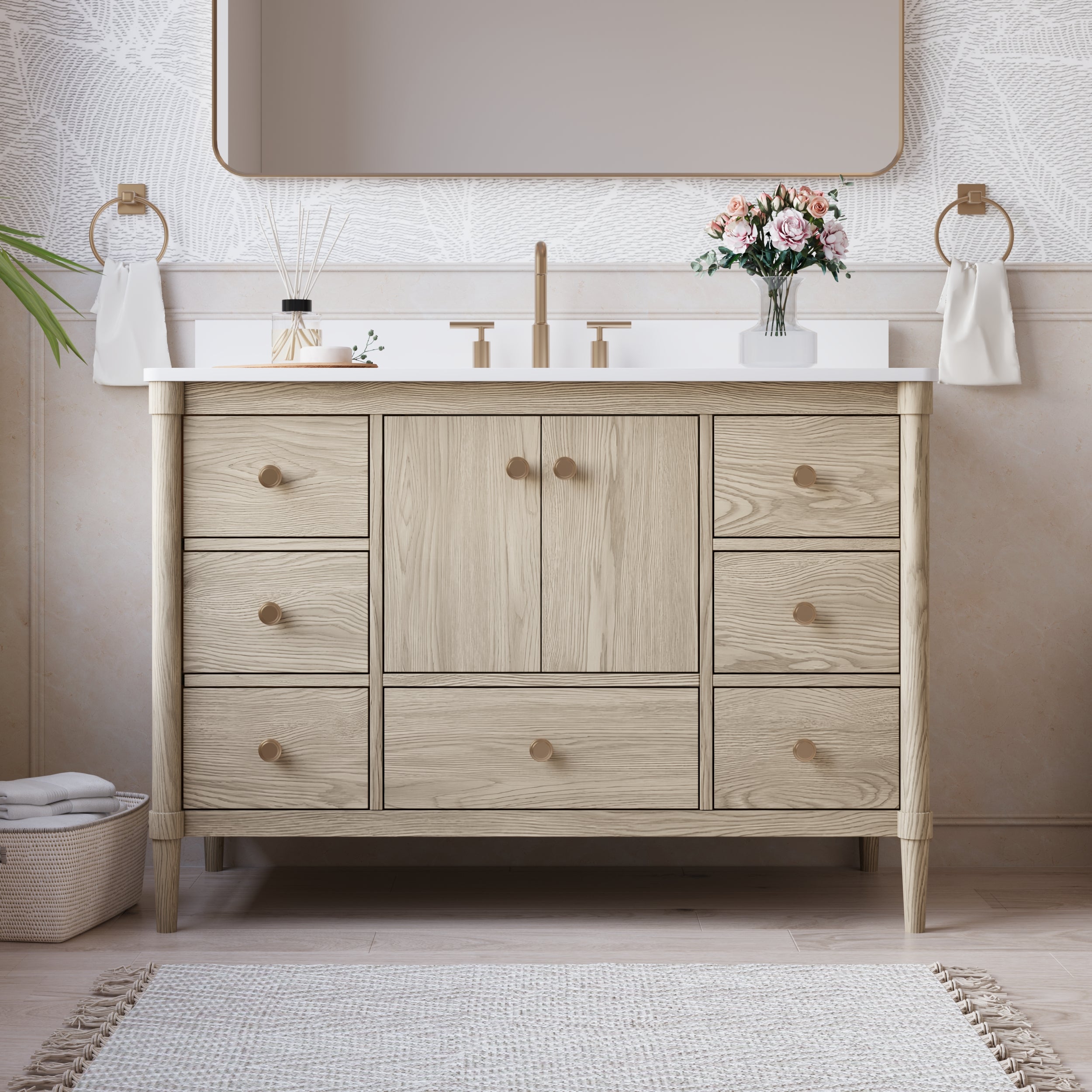


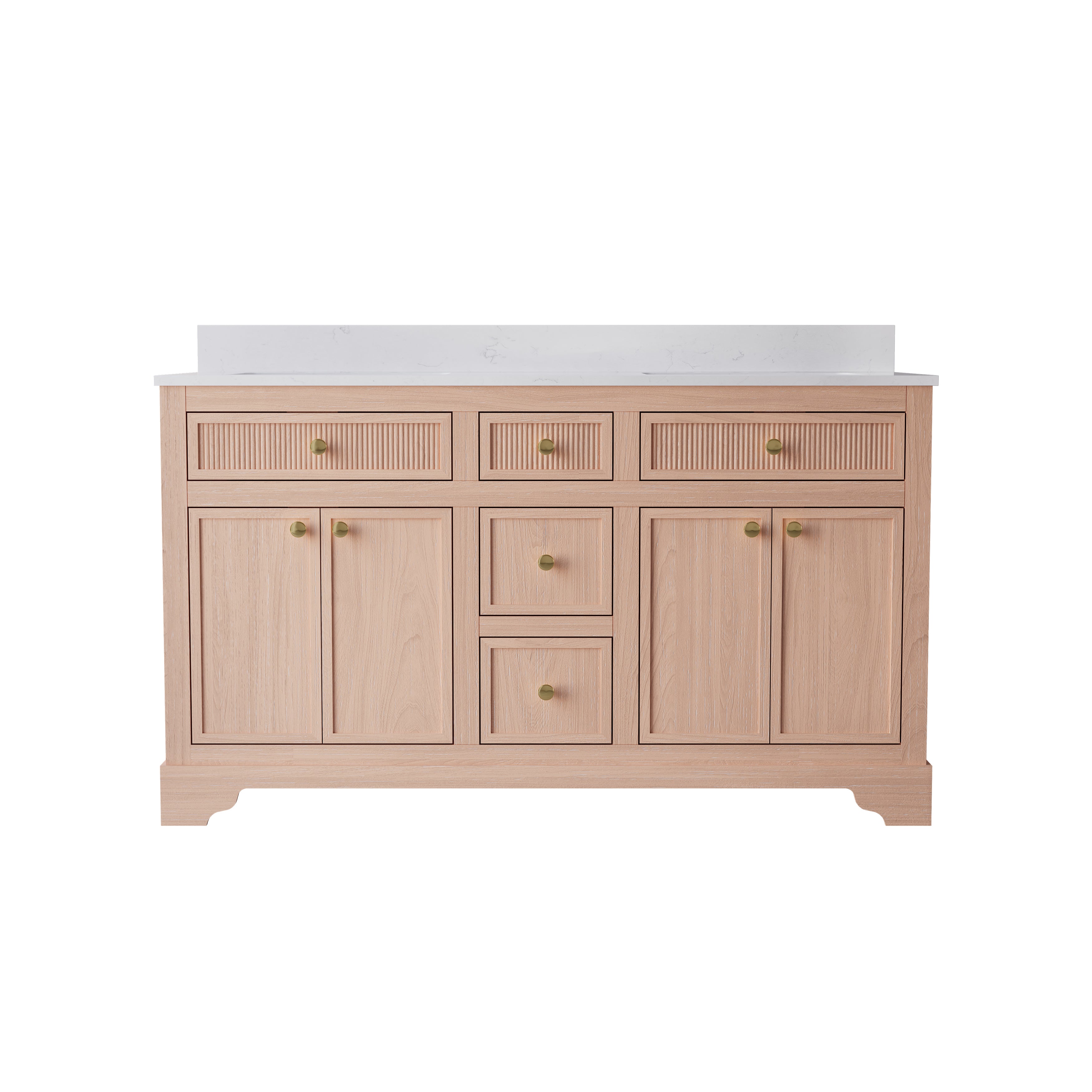
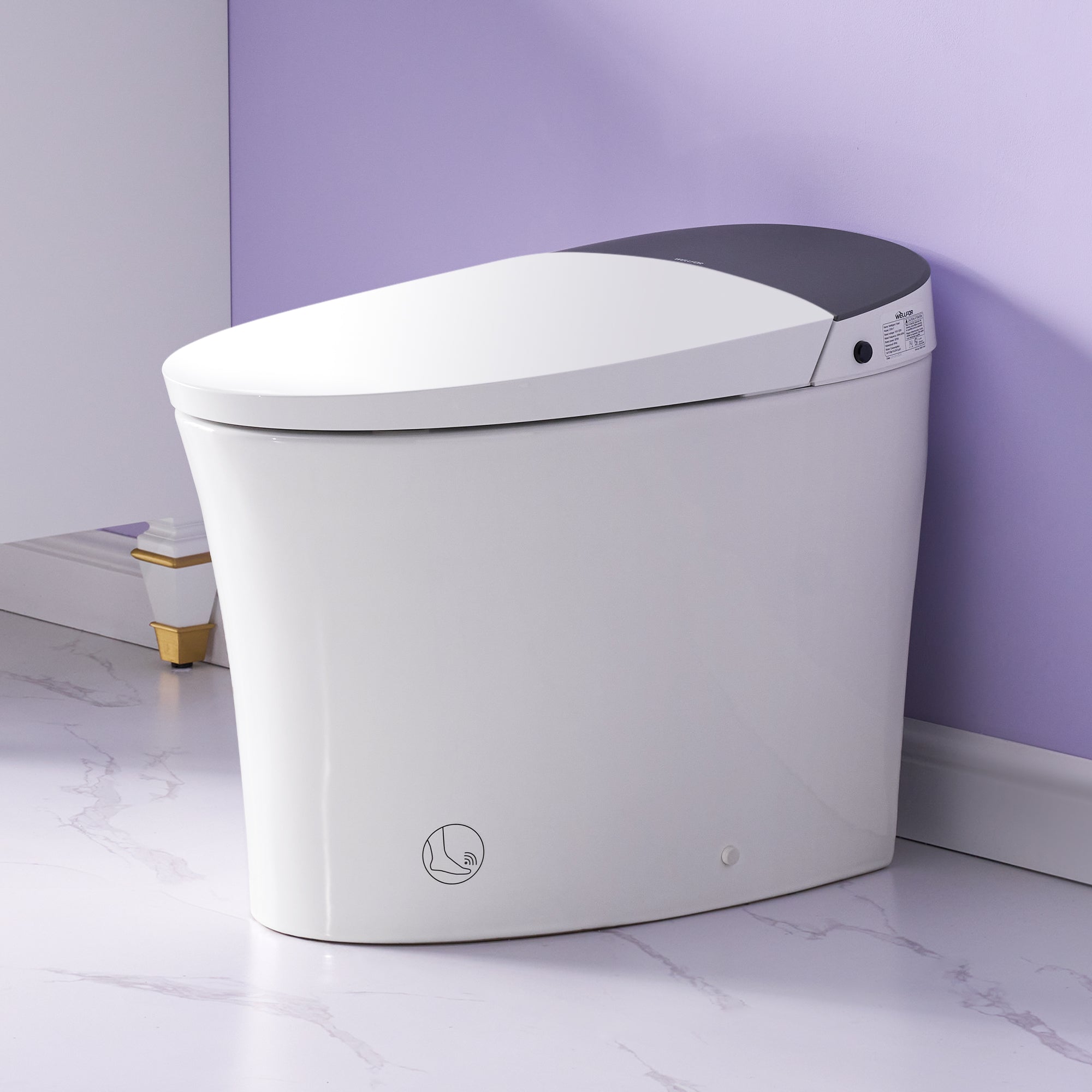
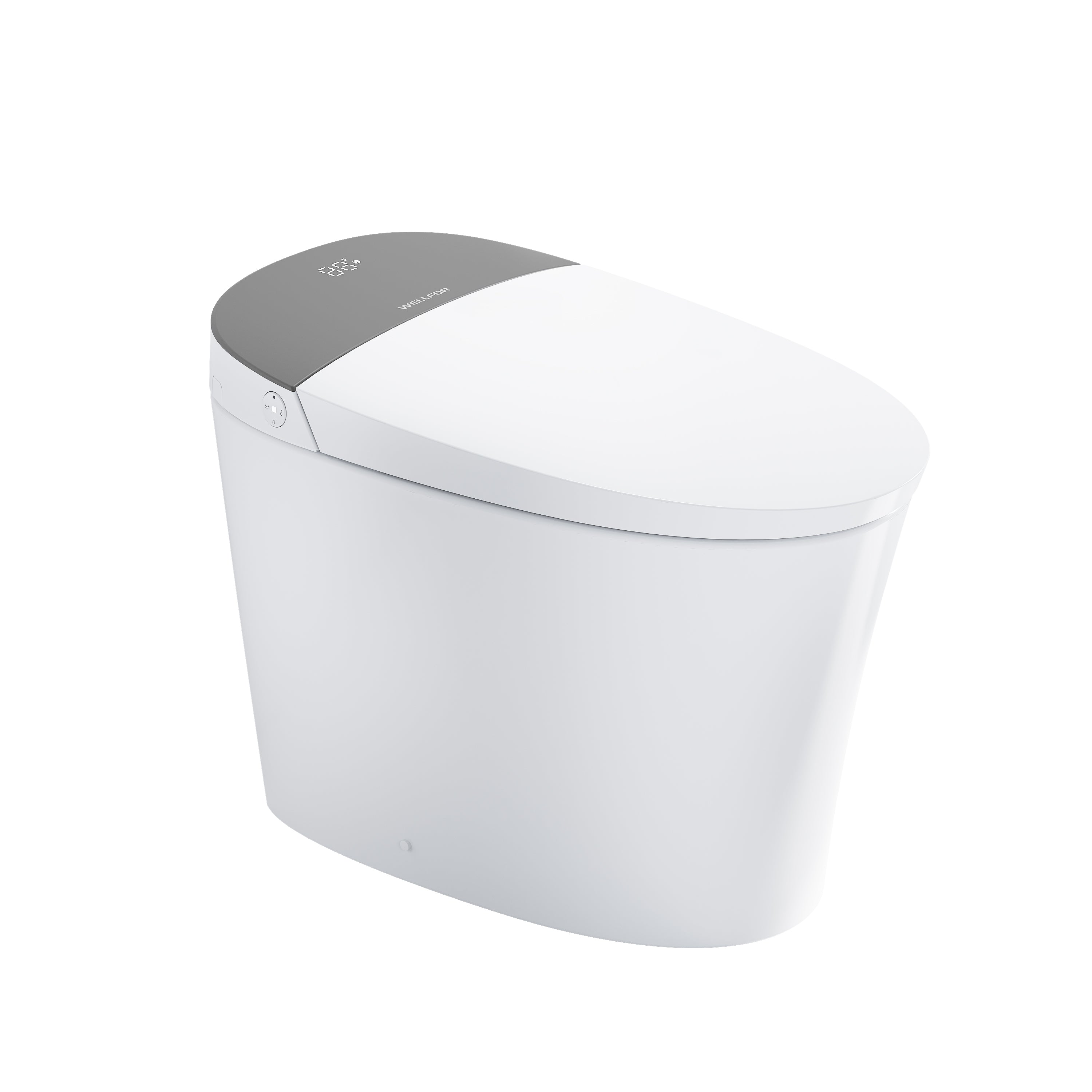
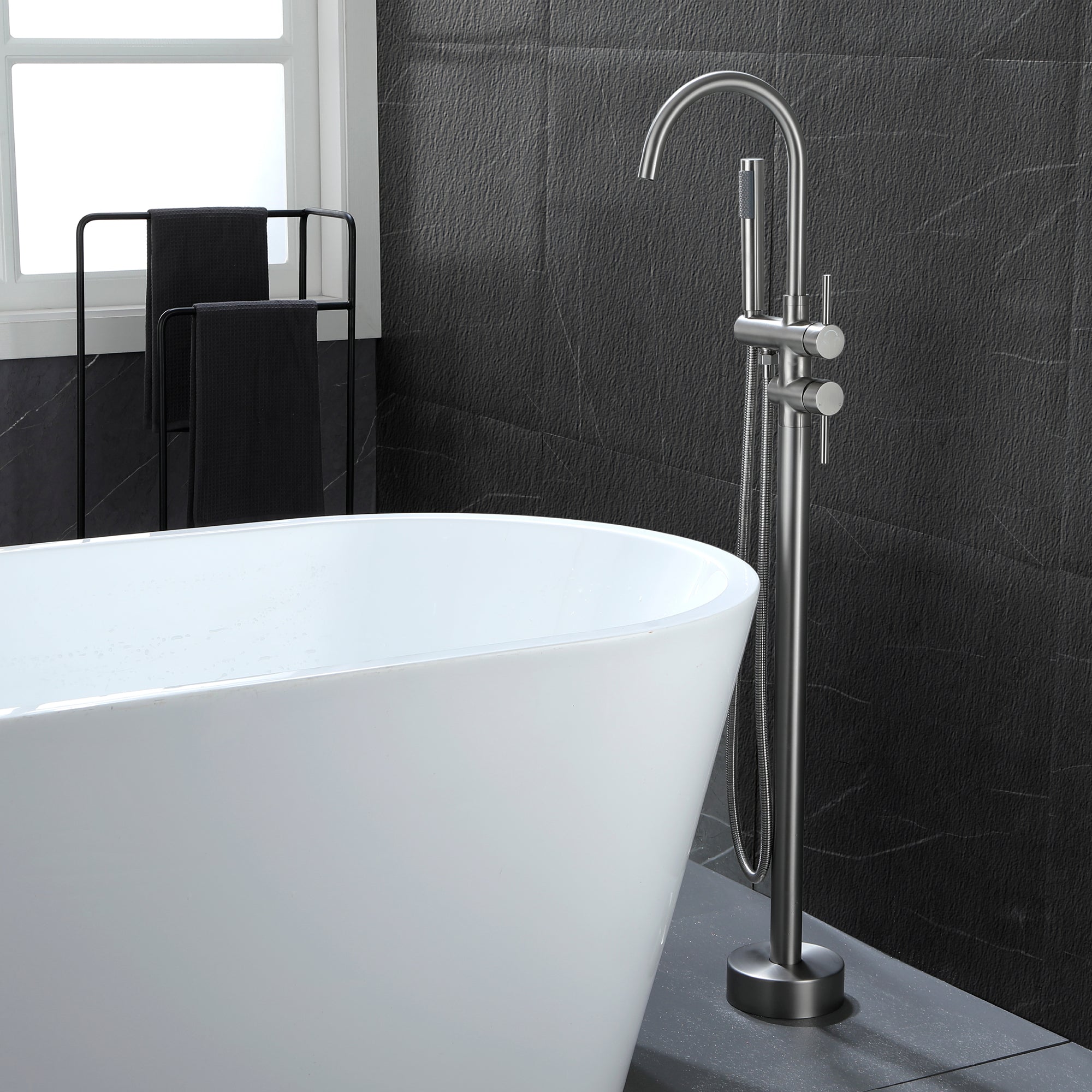

Leave a comment
All comments are moderated before being published.
This site is protected by hCaptcha and the hCaptcha Privacy Policy and Terms of Service apply.